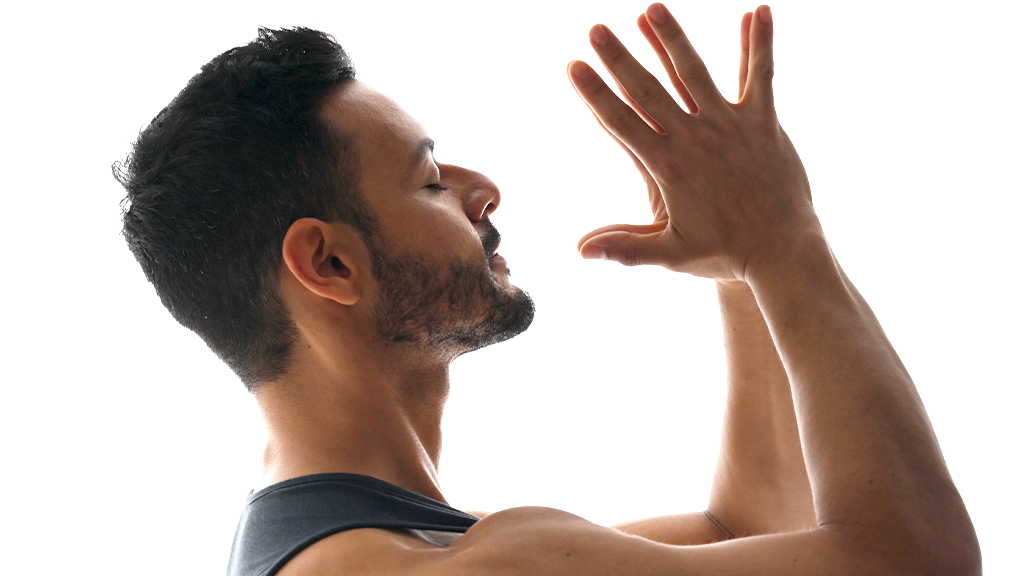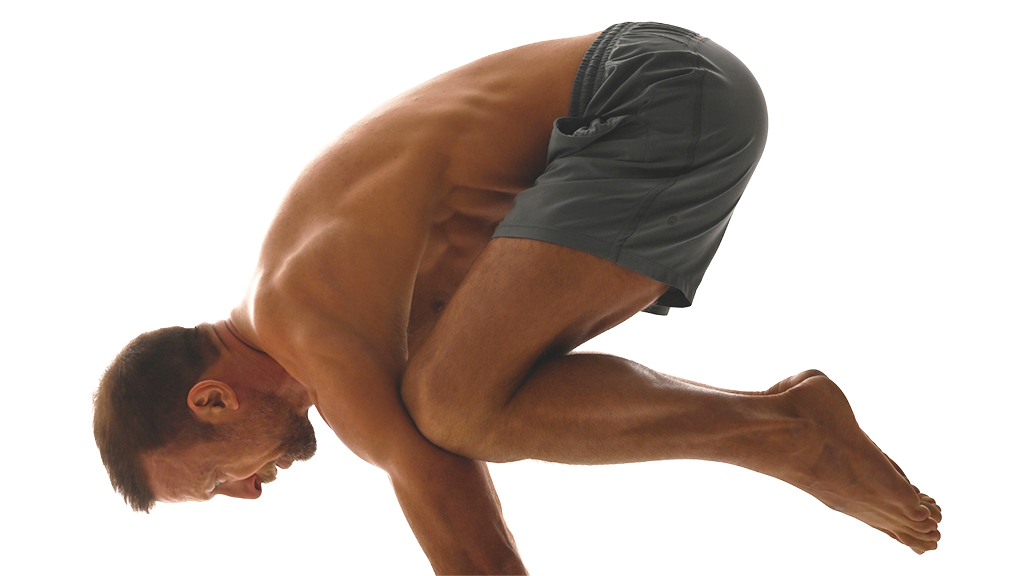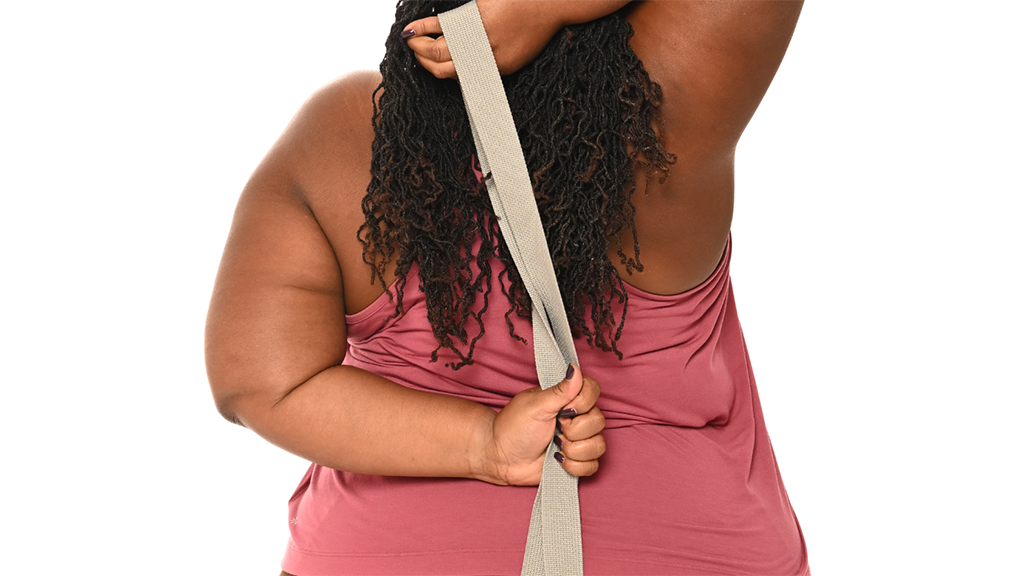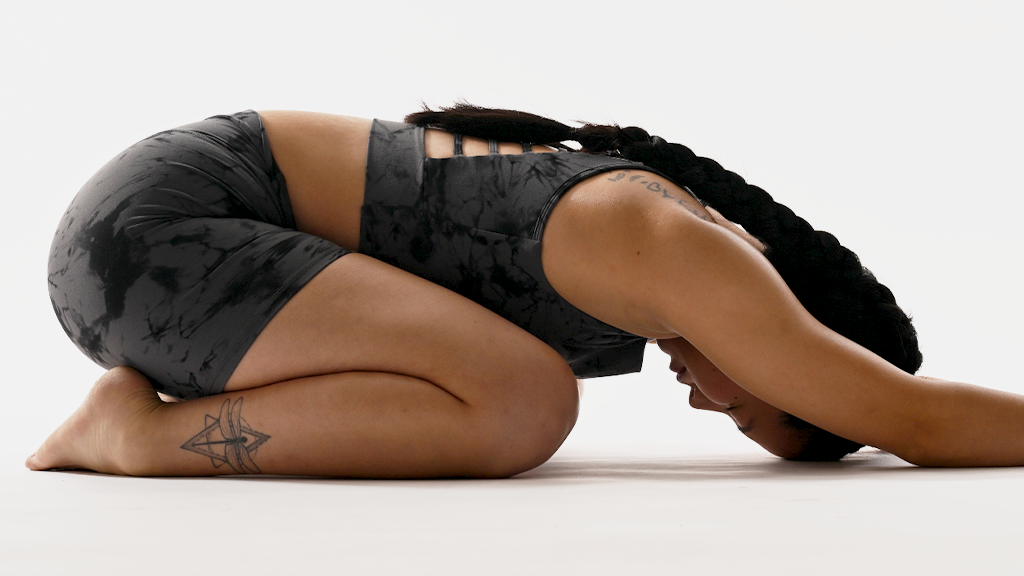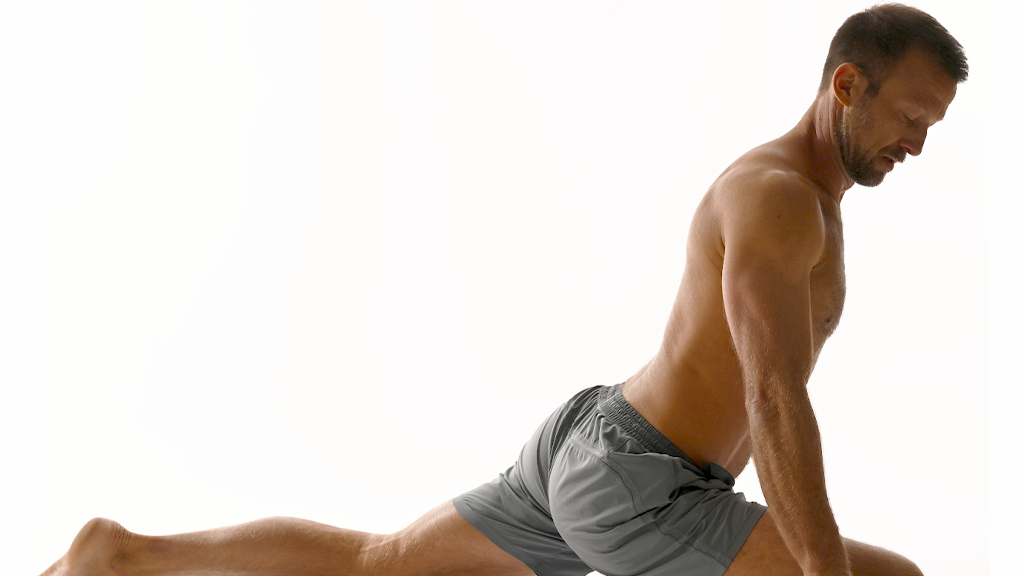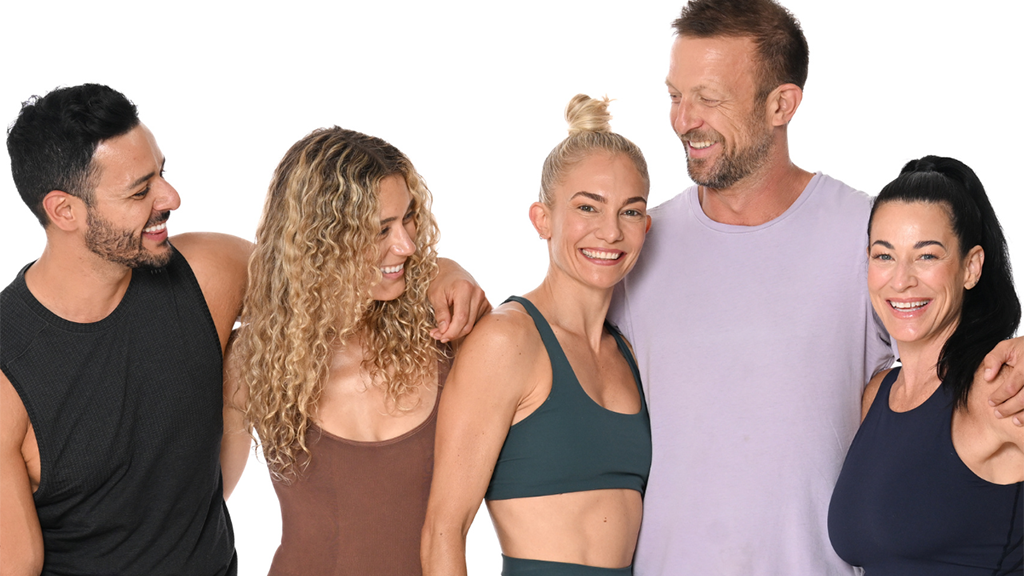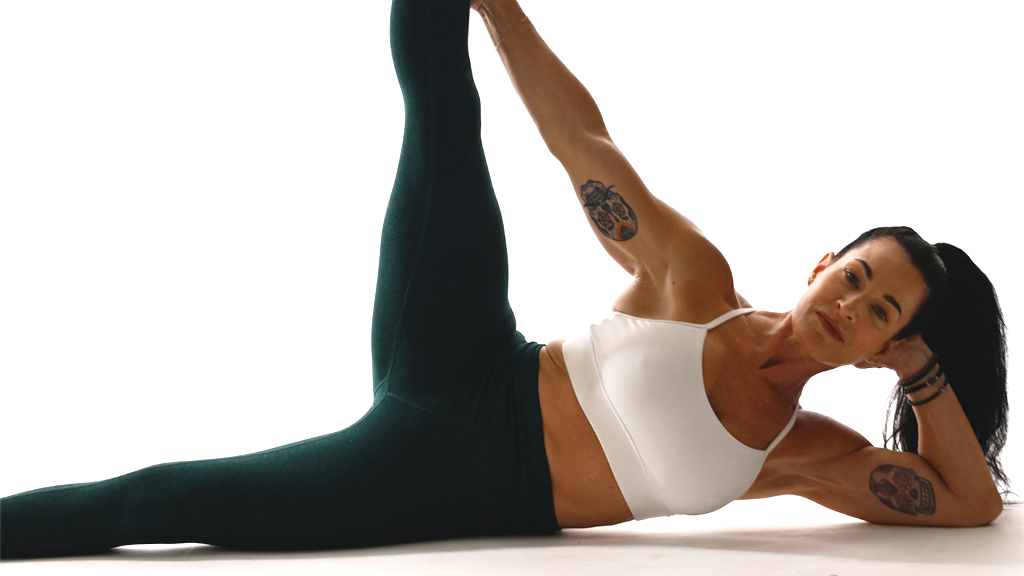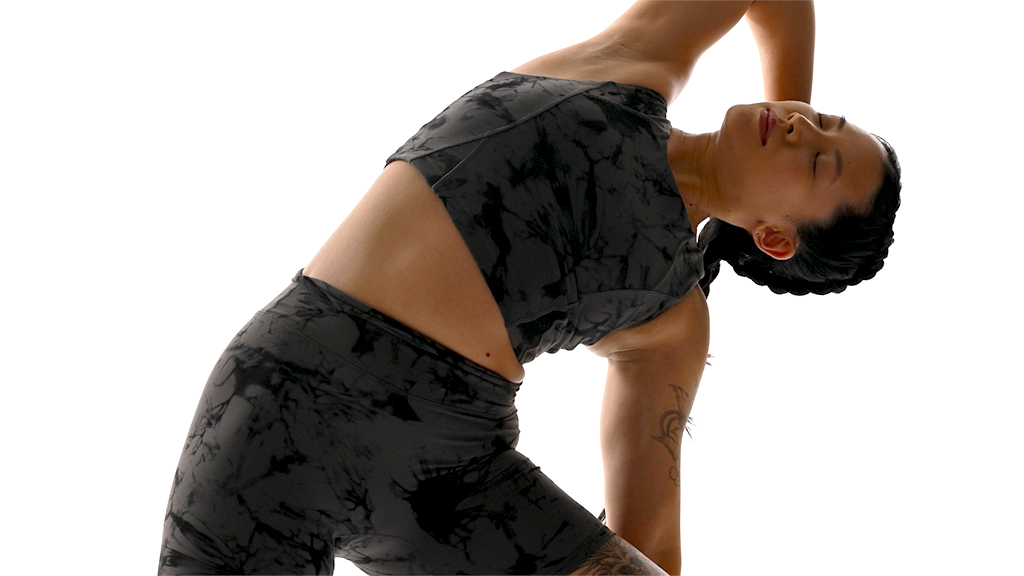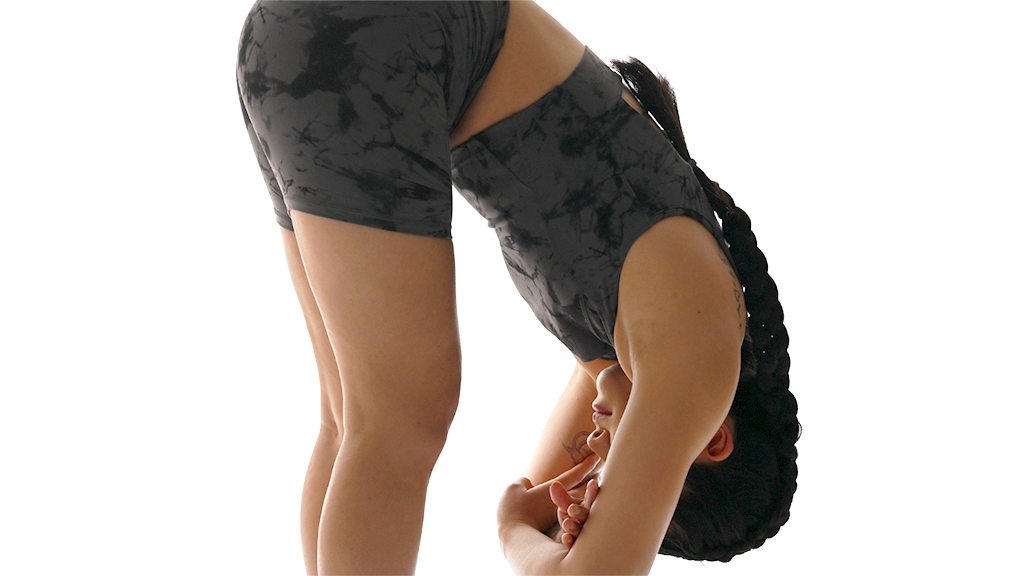Inhale. Pause. Exhale. Relax. Breathwork has the power to center your mind and decompress your body – and that’s precisely what Pranayama and meditation are all about.
What is Pranayama?
Pranayama is an ancient Indian breath technique that was developed for yogic practices. The term Pranayama comes from the Sanskrit words “prana” (breath) and “yama” (control).
There are many different styles of Pranayama, but it always involves controlling the flow and speed of your breathing. Every style follows the same three phases: Puraka (inhalation), Kumbhaka (retention), and Rechaka (exhalation).
You may have heard the terms “Pranayama Yoga” or “Pranayama Meditation,” but this doesn’t refer to one style in particular. All yoga is “Pranayama Yoga,” because breathwork is a key facet of yogic practice, and is the fourth Anga (or limb) of yoga.
If your class is called Pranayama Yoga, it just means there will be a distinct focus on your breath, such as with Vinyasa Yoga or Therapeutic Yoga.
It is believed that you can harness control of your mind and emotions by regulating your breath. It is for this reason that Pranayama is practiced in conjunction with meditation. Pranayama meditation techniques can help to prepare your mind for a deeper state of meditation.
Why You’ll Love Pranayama & Meditation
By practicing Pranayama and meditation, you can achieve:
- A sense of calm, peace, and balance
- Increased self-awareness and self-esteem
- Reduced stress and fatigue
What to Expect
When you join a meditation class with one of our experienced yoga instructors, you may start with some Pranayama exercises to ease you into the right mindset. Then, you will enjoy a soothing 10-15 minute guided meditation.
There is no right or wrong way to meditate. If you find your mind wandering, just refocus on your breathwork and on the present moment, listening to your teacher’s voice and guidance. You should feel refreshed and renewed after your class.
You can also practice Pranayama in any of our yoga or Pilates classes if you would like to take a more active approach to your breathwork.
Benefits of Pranayama
There are many benefits of Pranayama, but they differ depending on the Pranayama breathing techniques you use. Some Pranayama breathing styles are slower, some are faster, and each has a different goal in mind.
For example, there are Pranayama breathing techniques that can relax your body by balancing the right and left hemispheres of your brain. And there are styles of Pranayama that can even give your body more energy!
Whatever technique you employ, practicing Pranayama can and may aid with asthma and pneumonia recovery.
Pranayama can also significantly , and improve your mindfulness and mental focus, which is very important for meditation.
Benefits of Meditation
Meditation has its own host of benefits. It can help you become more in tune with your thoughts, feelings, and bodily sensations, and observe them in a non-judgemental or reactive way.
Because of this, regular meditation has been shown to in practitioners – which can lower your blood pressure and increase your overall quality of life, in turn.
Meditation can also increase your attention span, and may even .
Get Started Today
Sign up for a meditation class to see how Pranayama affects your practice – or work on your breathwork with a yin or yang style yoga class. Your first two weeks of membership are free of charge!
*change or cancel anytime.
FAQs About Pranayama & Meditation
We recommend meditation be practiced after Pranayama. Pranayama focuses and stills your mind, clearing out any restless activity. It can help prepare you for successful meditation.
There are many types of Pranayama meditation techniques, but some of the most common styles of breathwork include:
- Dirga Pranayama – Three-Part Breath
One of the most basic types of Pranayama, Dirga Pranayama is great for beginners and can correct irregular breathing habits. It focuses on perfecting all three parts of the breathing cycle (inhalation, retention, and exhalation). - Bhastrika Pranayama – Bellow Breath
Bellow Breath is used to boost your energy levels. It requires taking a deep breath and forcefully exhaling with a nasal sound. Then, inhaling with a similar force. - Kapalabhati Pranayama – Skull Shining Breath
Skull Shining Breath is thought to detoxify your entire body. If you have issues with your immune system, this is often the Pranayama style that is recommended. It involves forcefully contracting your abs on your exhale. - Nadi Shodhana Pranayama – Alternate Nostril Breath
By plugging one nostril at a time and breathing deeply, it is thought that you can join the left and right sides of your brain and center your mind. This helps you to relax and destress. - Bhramari Pranayama – Bee Breath
This style of Pranayama is called Bee Breath because the humming sound you make when you exhale sounds like a bee. It is meant to calm your mind, improve your quality of sleep, and reduce migraines.
Here are the five breathwork guidelines that you should apply to your yoga practice:
- Inhale when opening the front of the body
When you inhale, it expands your abdomen and chest. Therefore, to link your breath to your movements most effectively, any asanas that open the front of your body (Cobra Pose, Upward Facing Dog, Urdhva Hastasana) should be practiced on your inhalation. - Exhale while compressing the front of the body
If you try to inhale while compressing the front of your body, it can have negative health effects. Therefore, any forward bending or twisting movements that compress the front of your body should be practiced on the exhale. This will also help you to move deeper into your stretches. - Don’t move the body during retention (after inhalation)
At the end of your inhalation, your abdomen is fully expanded. During this period of retention, while you hold your breath, it is best to hold your asana. Your body will naturally resist further movement in this state. - You may move during breath suspension (after exhalation)
At the end of an exhalation, your body is more relaxed, so movement won’t be resistant. It is safe to practice forward bending movements even after you have fully exhaled. - Breathe deeply and effortlessly
In yoga, your Pranayama serves as the guide to all movement. If you find yourself holding your breath, or breathing unevenly, it is important to pause your practice and assess where your body and mind are at. It is only when you breathe deeply and evenly that you can receive the best benefits from your asan
